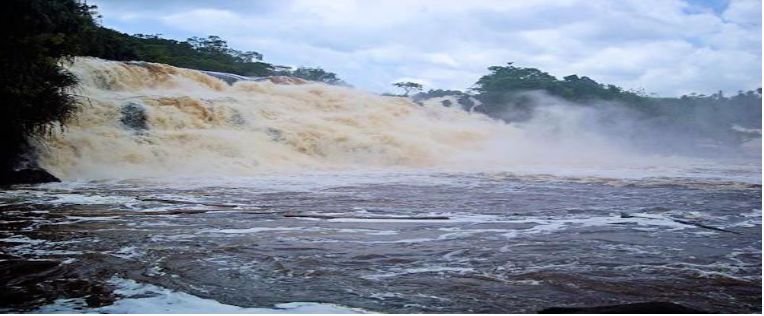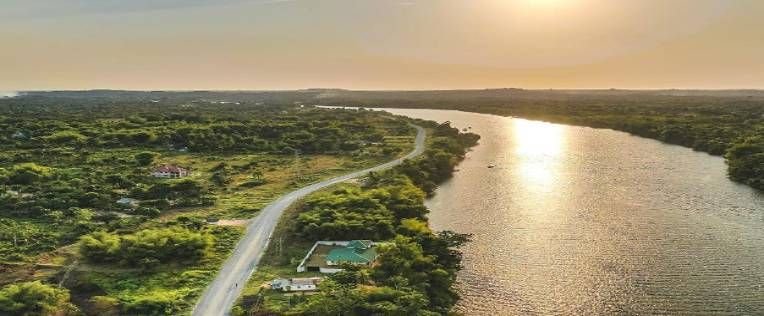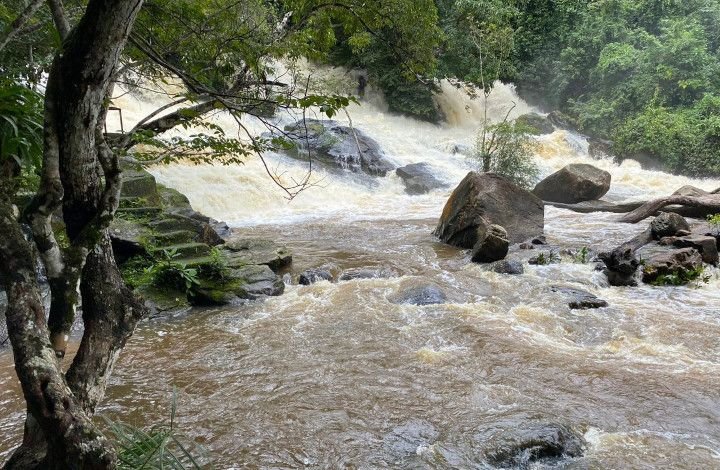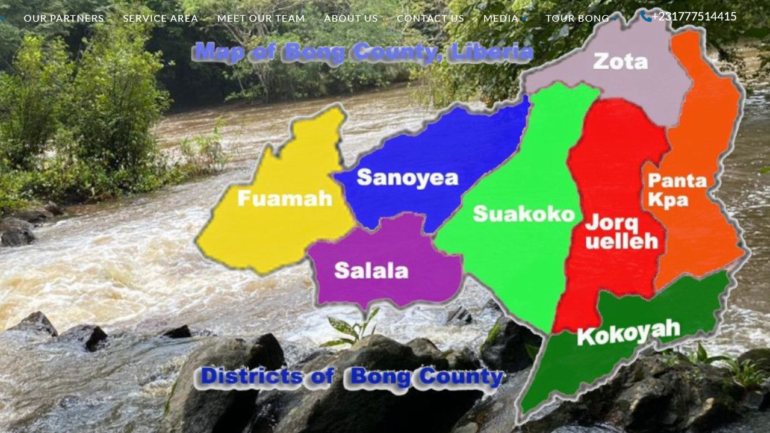FEATURES OF BONG COUNTY
Geography:
Bong County encompasses a wide range of geographical features, including rolling hills, lush forests, fertile farmland, and numerous rivers and streams. The county’s topography contributes to its agricultural significance.
Agricultural Land:
The fertile soils of Bong County make it a major agricultural hub in Liberia. It is known for the cultivation of crops such as rice, cassava, cocoa, coffee, and various vegetables. Agriculture is a primary livelihood for many residents.
Bong Range
The Bong Range is a prominent geographical feature in the county, consisting of a series of forested hills and mountains. The Bong Range Forest Reserve is known for its biodiversity and is home to various wildlife species.
River Network:
Bong County is intersected by several rivers and waterways, including the St. Paul River, the Mani River, and the Bong Mine River, and Jor River, Farmington River, St John River, . These rivers not only provide water for agriculture but also serve as transportation routes. These rivers also serve fishing and irrigation purposes.
Gola Forest:
Part of the Gola Forest is in Bong County. This forest is a UNESCO World Heritage site and is known for its rich biodiversity, including numerous species of birds, mammals, and plants
Cultural Diversity:
Bong County is home to a diverse population representing various ethnic groups, including the Kpelle, Gbandi, Mano, Mandingo, and Loma, among others. This diversity contributes to a rich tapestry of cultures, traditions, and languages.
Gbarnga:
Gbarnga is the capital city of Bong County and serves as an administrative, commercial, and educational center. It is home to government offices, markets, educational institutions, and healthcare facilities. The population of Gbarnga is estimated at 3,436 people.
Educational Institutions:
Bong County boasts several educational institutions, including Cuttington University, one of Liberia’s oldest and most prestigious universities. These institutions play a significant role in the county’s development and educational advancement. The county also boasts of several technical institutions including Bong Technical College, Gbarnga Theological College and more.
Agricultural Projects:
Various agricultural projects and initiatives aimed at improving farming practices and increasing food security are active in Bong County. These projects help local farmers adopt modern and sustainable agricultural techniques. The following is a list if some major Agricultural projects in the county: Central Agricultural Research Institute (CARI) the county’s major agricultural resource center, is located in Suakoko including several other agricultural projects.
Traditional Practices:
Bong County is known for preserving traditional customs and practices. Traditional leaders and cultural events, such as ceremonies, dances, and rituals, are essential aspects of the local culture. There are two major tradition society practiced in the county. They are the PORO and SANDE Societies. The PORO is mainly practiced by the men and Sande is practiced by the women. One of Bong County’s strongest traditions is inter-marriages.
Historical Significance:
Bong County has historical significance due to its role in the iron ore mining industry during the mid-20th century. The remnants of Bong Mines, an old mining town, are still visible. Bong county has a lasting history in gold mining, rubber, timbers and can be traced as far back in the mid-20th century. Some of the early start-ups mining companies include the BONG MINING COMPANY (BMC) which began operation in 1958. In 2009, China Union took over BMC and is in still operation today.
Community Spirit:
Communities in Bong County are known for their strong social bonds and communal living. Residents often come together to support each other in various aspects of life. Families often come together, looking after one another and seeking each other’s welfare. They unite to solve problems affecting them and their communities.
Wildlife and Conservation:
The county is home to a variety of wildlife, including different bird species, primates, and other animals. Efforts are made to promote wildlife conservation and eco-tourism. Some of the county’s wildlife include Elephants, Tigers, Chimpanzees, Monkeys, Leopards, Hippopotamus and Lions.
Bong County’s combination of natural beauty, cultural diversity, and historical significance makes it a unique and significant region within Liberia. It continues to evolve while maintaining its traditions and embracing modern developments.








